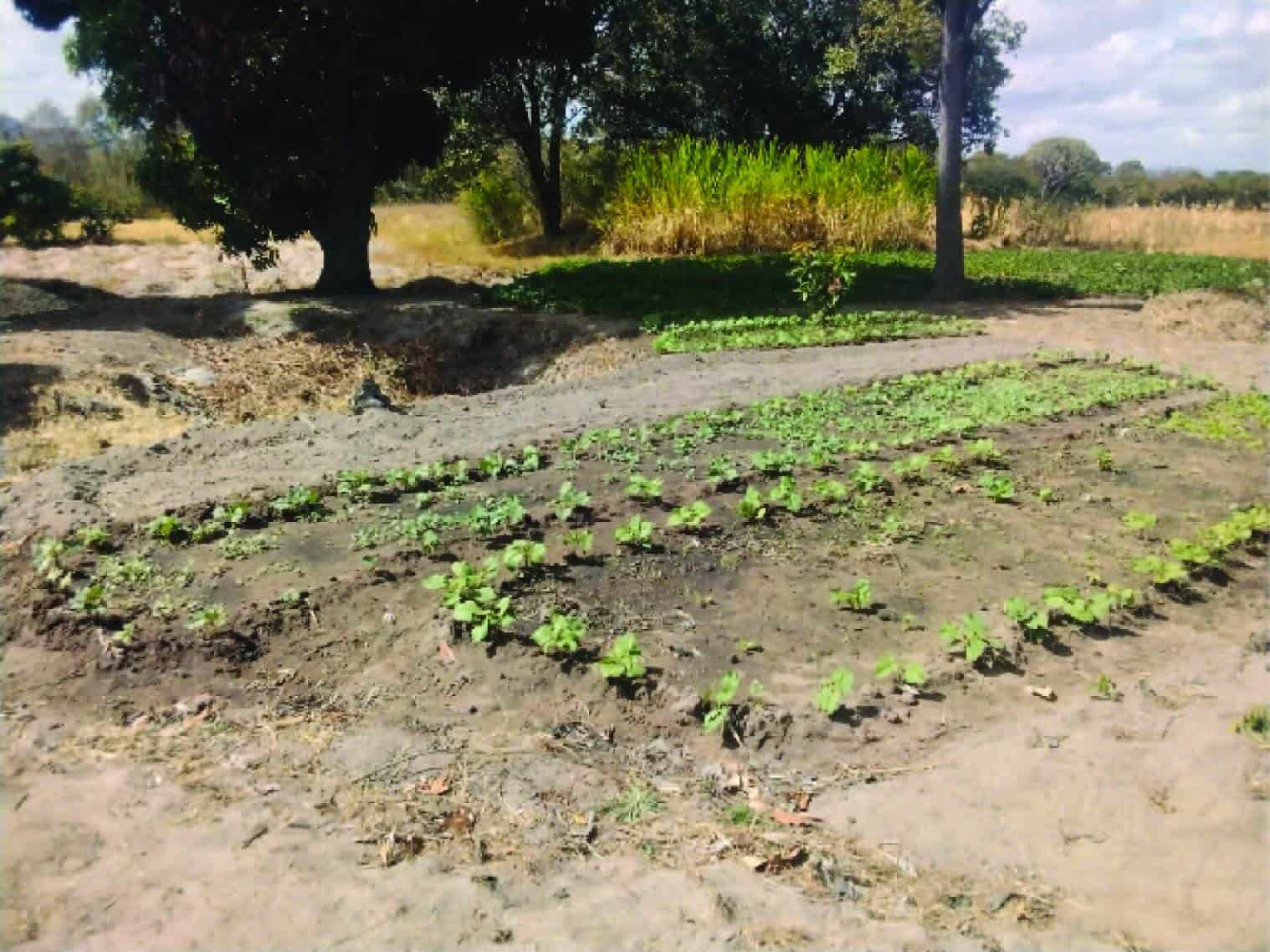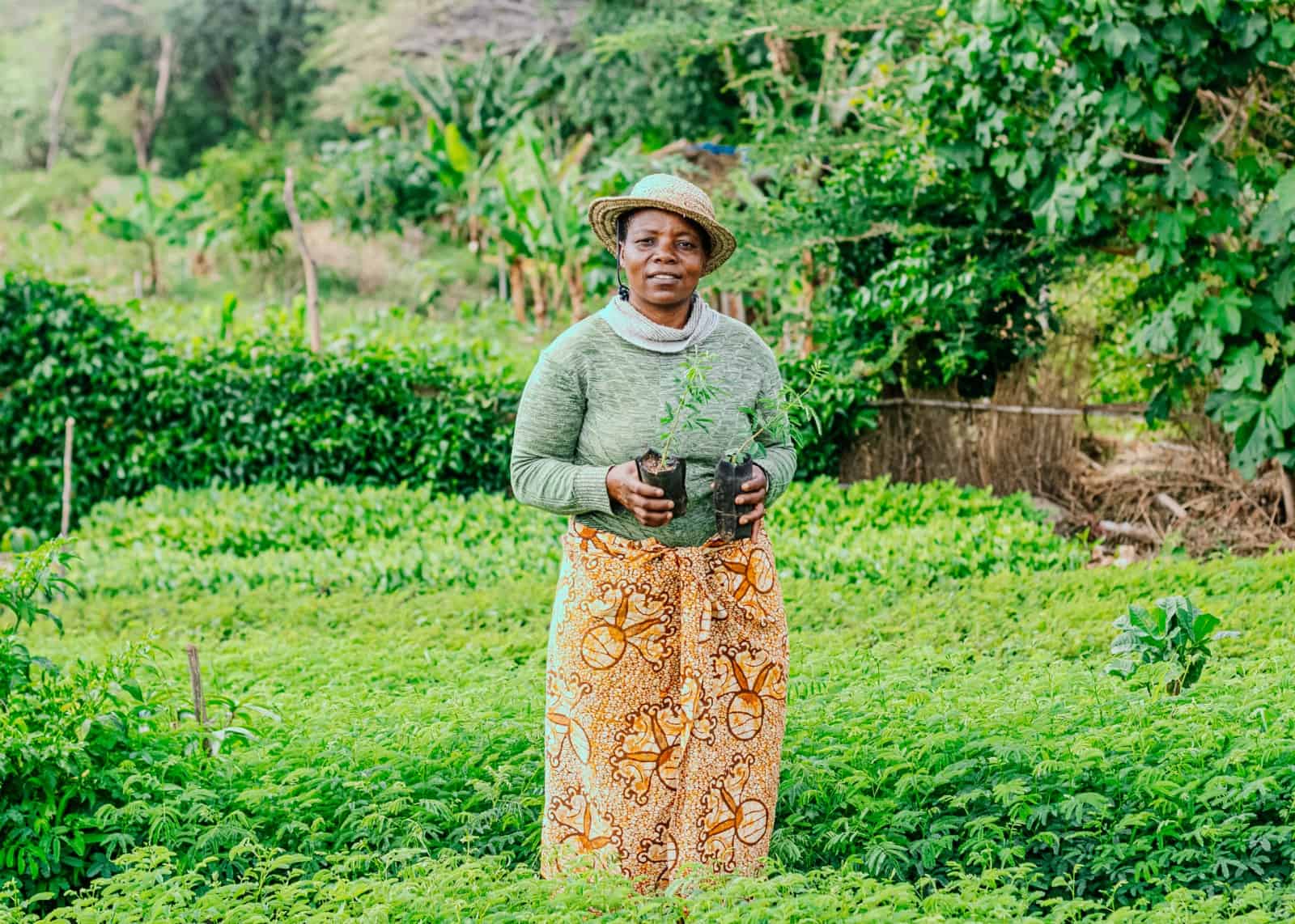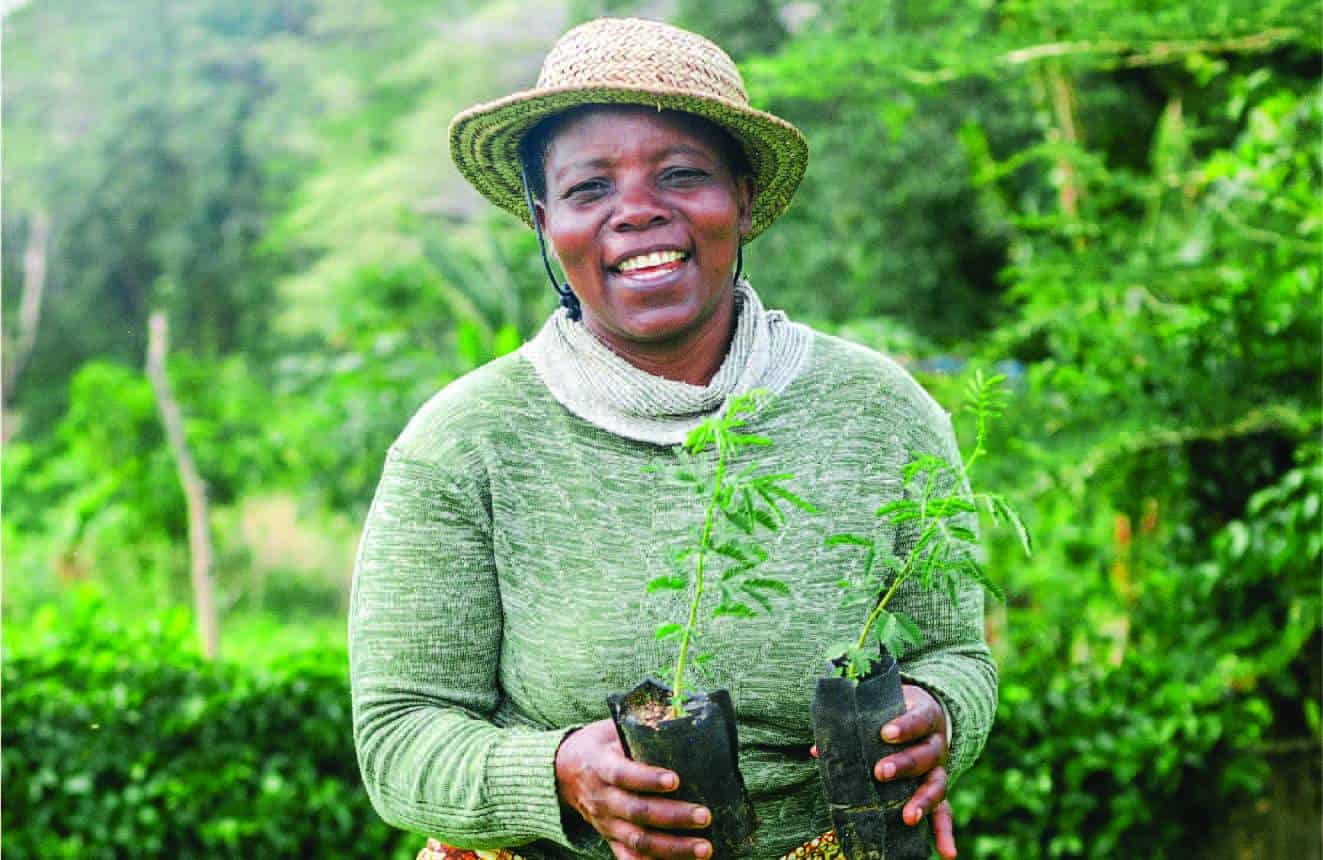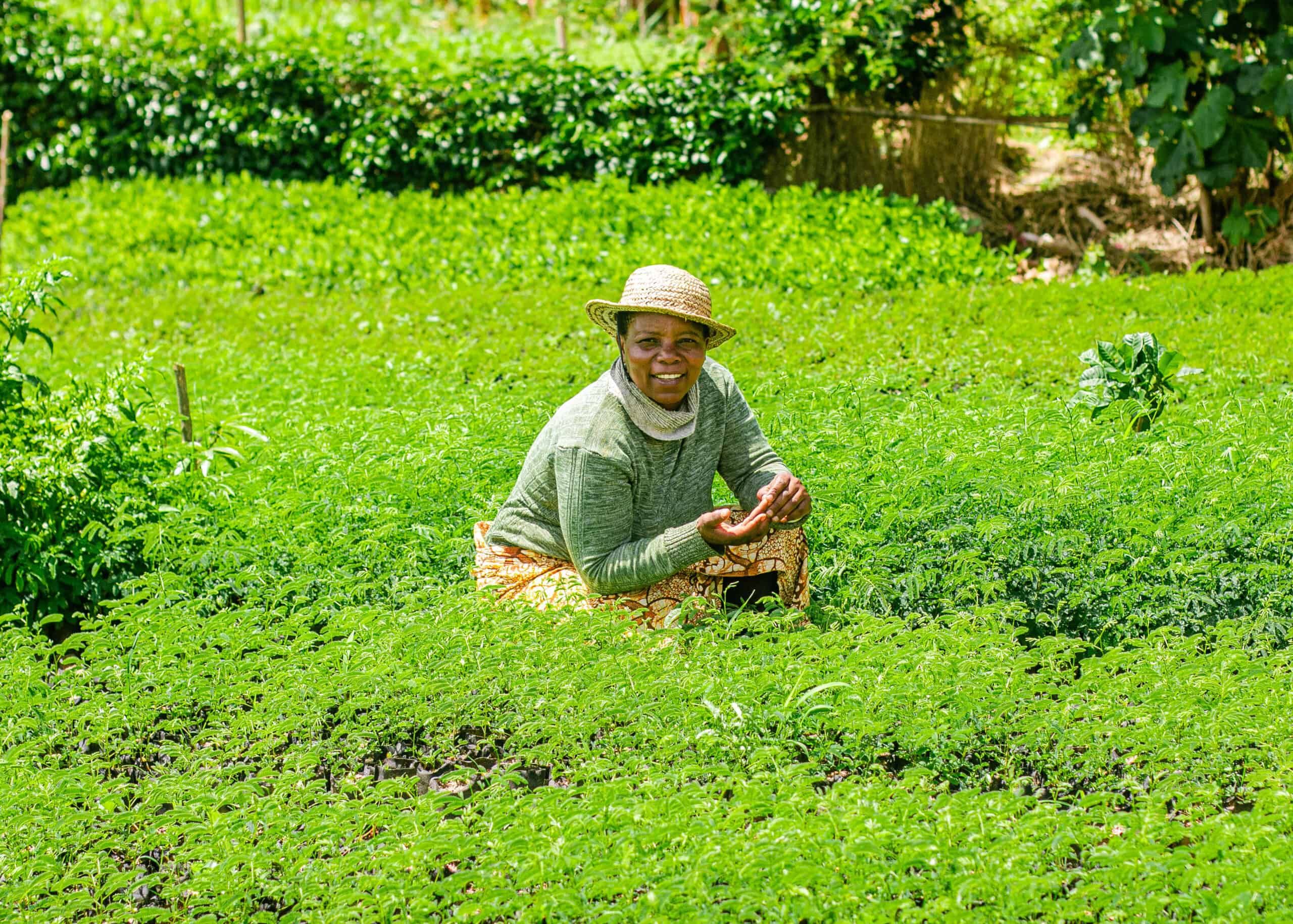Betty Mwihava is the sole provider for her family. A widow with three children, Betty depends on her Iringa, Tanzania farm to provide for her household.
In 2022, Betty’s farm was noticeably degraded with very poor soil. Betty didn’t have a reliable source of income and her family didn’t have regular access to nutritious foods. At the time, she was growing maize and sunflowers.

The Problem with Growing One or Two Crops
This tactic of growing just one or two crops is the norm around the world. Monocrop intensification focuses on clearing the land and growing a lot of just one (mono) crop.
The problem? Each growing season, farmers are entirely dependent on the success of that one crop. If something goes wrong – pests, drought, market fluctuations – they get little to nothing.
This approach isn’t just bad for the farmer’s bottom line. It wreaks havoc on the soil, ecosystem, and environment. So, as farmers become increasingly dependent on the success of one crop, their land is decreasing in productivity.
Diversifying for People and Planet
Regenerative agriculture practices address both these shortcomings. Farmers can restore and protect their land through natural, climate-smart practices. And instead of growing just one or two crops, farmers can diversify what they grow so they have income and food sources year-round.
Fastforward to 2024 and that is exactly what Betty has done.

Betty’s Forest Garden Plan
She joined Trees for the Future’s Forest Garden training program in 2022 with 15 of her neighboring farmers. Over the last two years, Betty and her fellow program participants learned how to establish a regenerative agroforestry system called Forest Gardens.
Local TREES staff provide the training, resources, and seeds for farmers to become Forest Garden experts over two to four years. At the start of the program, farmers plan for their Forest Gardens, deciding what they’d like to grow to eat and sell.
Betty’s plan changed everything. She identified a half hectare piece of land to establish her Forest Garden. There were just 17 trees in her Forest Garden when she joined TREES’ program. Today, she has more than 2,500. As those trees grew and protected the land, Betty’s land started to come back to life. She shifted from growing just maize and sunflowers to growing more than a dozen crops to eat and sell. She’s growing nutrient-rich foods like tomatoes, okra, cabbage, peppers, and onions.

Betty and her kids are eating regular, nutrient-dense meals. She’s using her steady income to send her kids to school and invest in her business. And she’s passing on what she’s learned, sharing her knowledge with other farmers in the area too.
Farmers like Betty are proof that regenerative agriculture can spur lasting change for farmers, their families, and the planet. Help TREES reach more farmers like Betty. Donate today.
